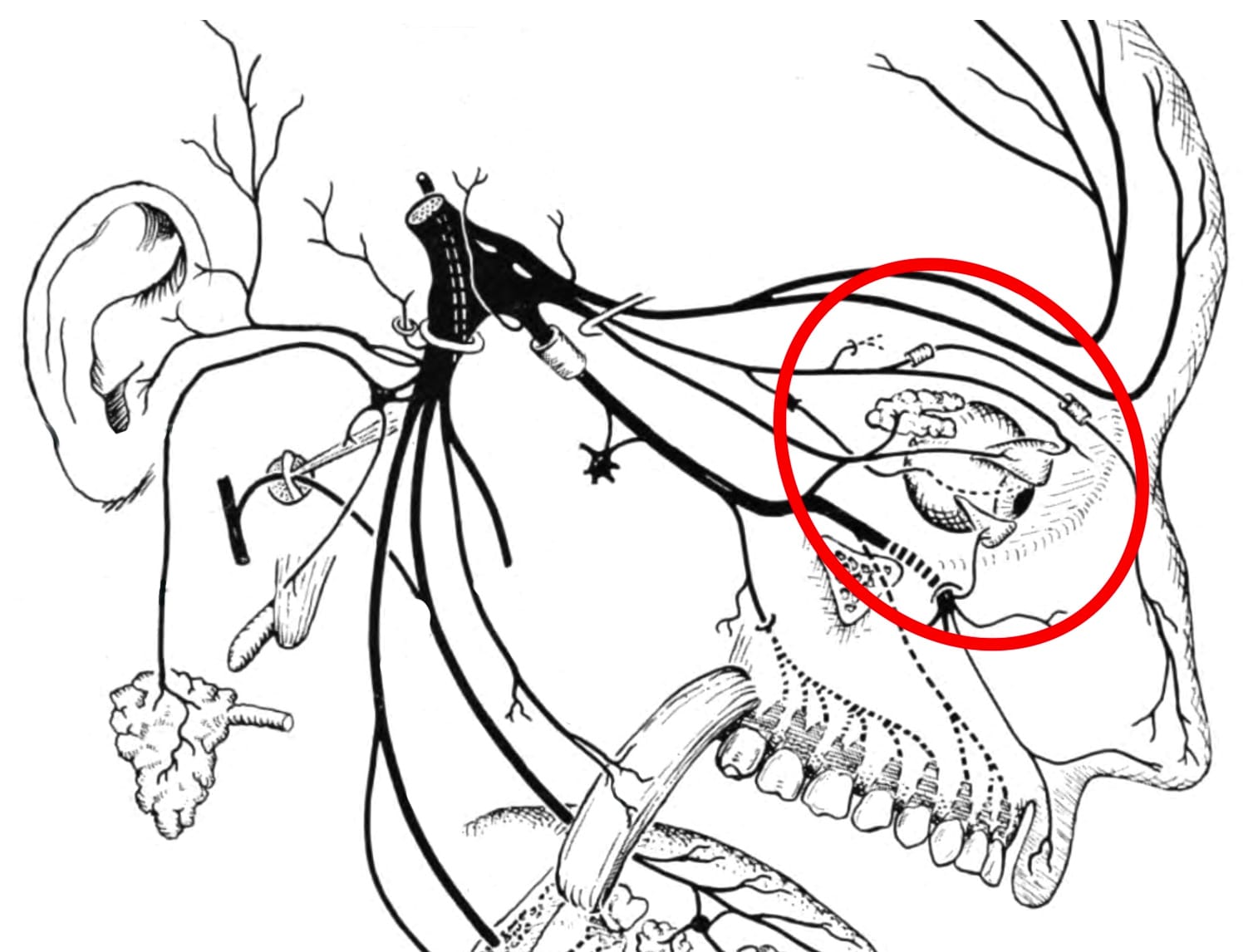Autosomal Dominant Compelling Helio-ophthalmic Outburst

AKA, a "sneeze"
(P.S. Have you ever noticed how doctors give even the simplest things the most complicated names!)

I know, I know...you can make fun of me, but offer me a glimpse of bright sunlight in the morning and I'm going to start sneezing!
I've had this response to sunlight all my life and have never thought twice about it. But I recently decided to research this question and I learned that this is an inherited trait that affects about a quarter of all people.

Sneezing is most often a response to irritation in the nose, and it's an effective way for our bodies to quickly expel foreign particles that can irritate or infect our nasal passages.

But why do some people sneeze in bright sunlight? It's the same sneeze, but with a wildly different trigger.
This response is called photic sneezing, or autosomal dominant compelling helio-ophthalmic outburst (abbreviated ACHOO), and people have been wondering about it since Aristotle wrote about it in 350 BCE.
But there's still no obvious explanation for what causes photic sneezing.
My favorite theory is that because optic nerves lie in close proximity to nerves running from the nasal cavity to the brain, it's possible that the buzzing of nerves triggered by bright light tickles the same nerves that make us sneeze. And, as someone who experiences this phenomenon, this is exactly what it feels like.

Whatever the cause, I was thankful to discover in my research that sneezing in response to bright light is no cause for alarm, it's just something that some of us lucky people get to do!
Member discussion